Is This Still Good? A Realistic Guide to Food Dates, Kitchen Waste & Saving Money
I learned my way around a kitchen where throwing things away was basically a cardinal sin. Every scrap had a future, from carrot peels to chicken bones. My mentor, a chef whose hands had seen it all, drilled one lesson into my head that has saved me thousands of dollars over the years: the date on a package is just the start of a conversation, not the end of the story.
In this article
- First Things First: ‘Best By’ vs. ‘Use By’ Is a Big Deal
- Why Food Actually Goes Bad (The Quick Science)
- How to Store Food to Make It Last Longer
- The Professional’s 3-Step Sensory Check
- Practical Ways to Use Food That’s Past Its Prime
- What to Toss, No Matter What: A Quick Guide
- My Simple Food-Saving Toolkit
- Galerie d’inspiration
Honestly, understanding what those dates actually mean is a skill. It’s what separates a frantic cook from a confident one. This isn’t about being reckless or playing food-poisoning roulette; it’s about being smart and using your senses to get the absolute most out of what you buy.
So let’s break down the practical knowledge that the pros use. We’ll get into how food actually spoils, how to check your ingredients like an expert, and how to safely turn food that’s a little past its prime into something amazing.
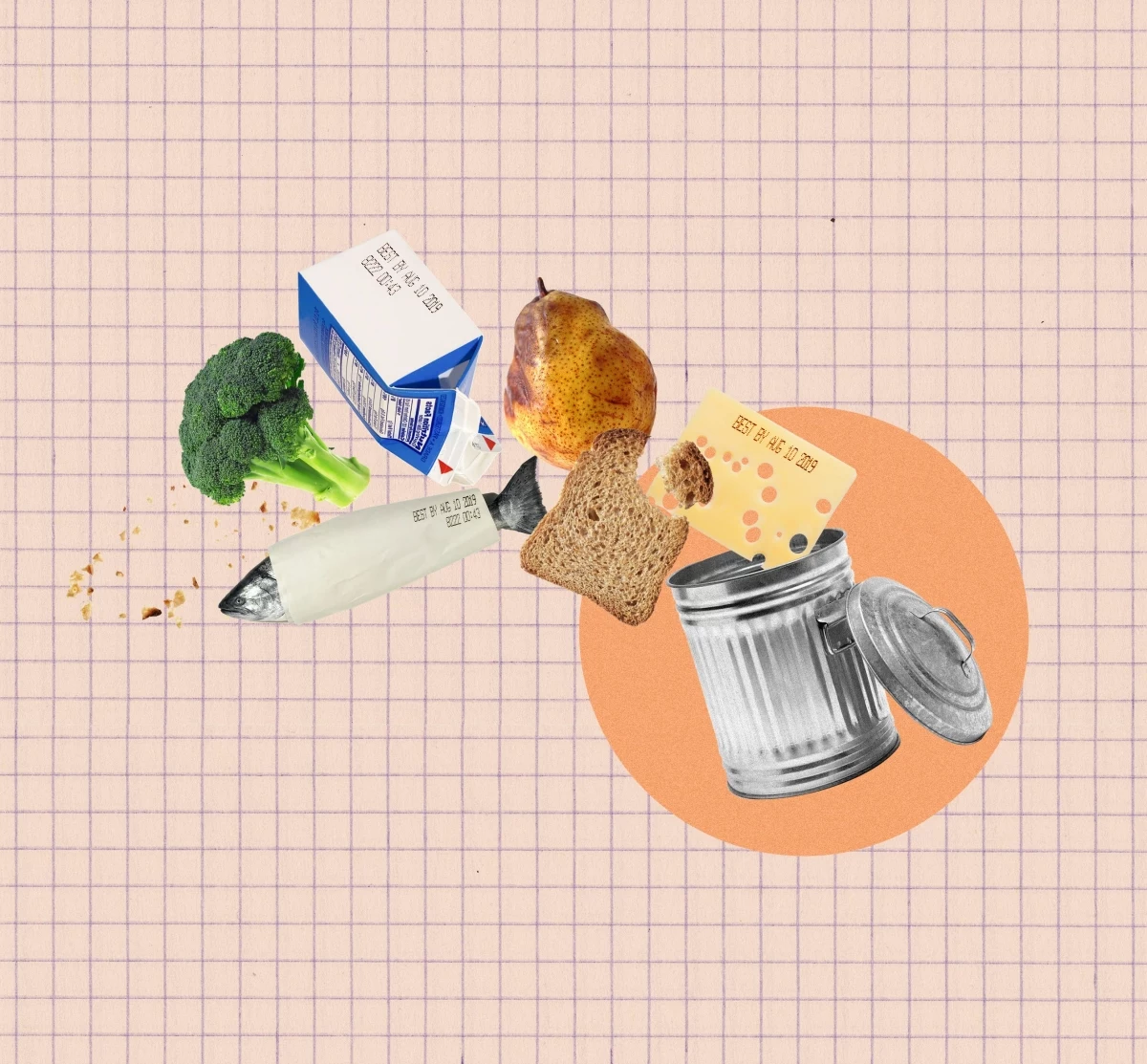
First Things First: ‘Best By’ vs. ‘Use By’ Is a Big Deal
Before you even think about tossing that yogurt, we need to clear something up. Most dates on food packages are about peak quality, not safety. With the major exception of infant formula, these dates aren’t even federally regulated. They’re just the manufacturer’s best guess for when the food will taste its absolute best.
- ‘Best By’ or ‘Best if Used By’: This is purely about quality. The crackers might be a little less crisp, the cereal a bit stale, but it’s not a safety deadline.
- ‘Sell By’: This date is 100% for the store’s employees to help them rotate stock. It has nothing to do with you, the consumer. You can safely buy and eat food after this date.
- ‘Use By’: This is the one to pay a little more attention to. It’s still usually a quality suggestion, but for perishable stuff like meat or dairy, it’s a good signal to either use it up or give it a very careful inspection.
Just knowing this simple difference is a game-changer. It shifts your mindset from “Oh no, it’s expired!” to “Okay, let’s see what we’re working with.”
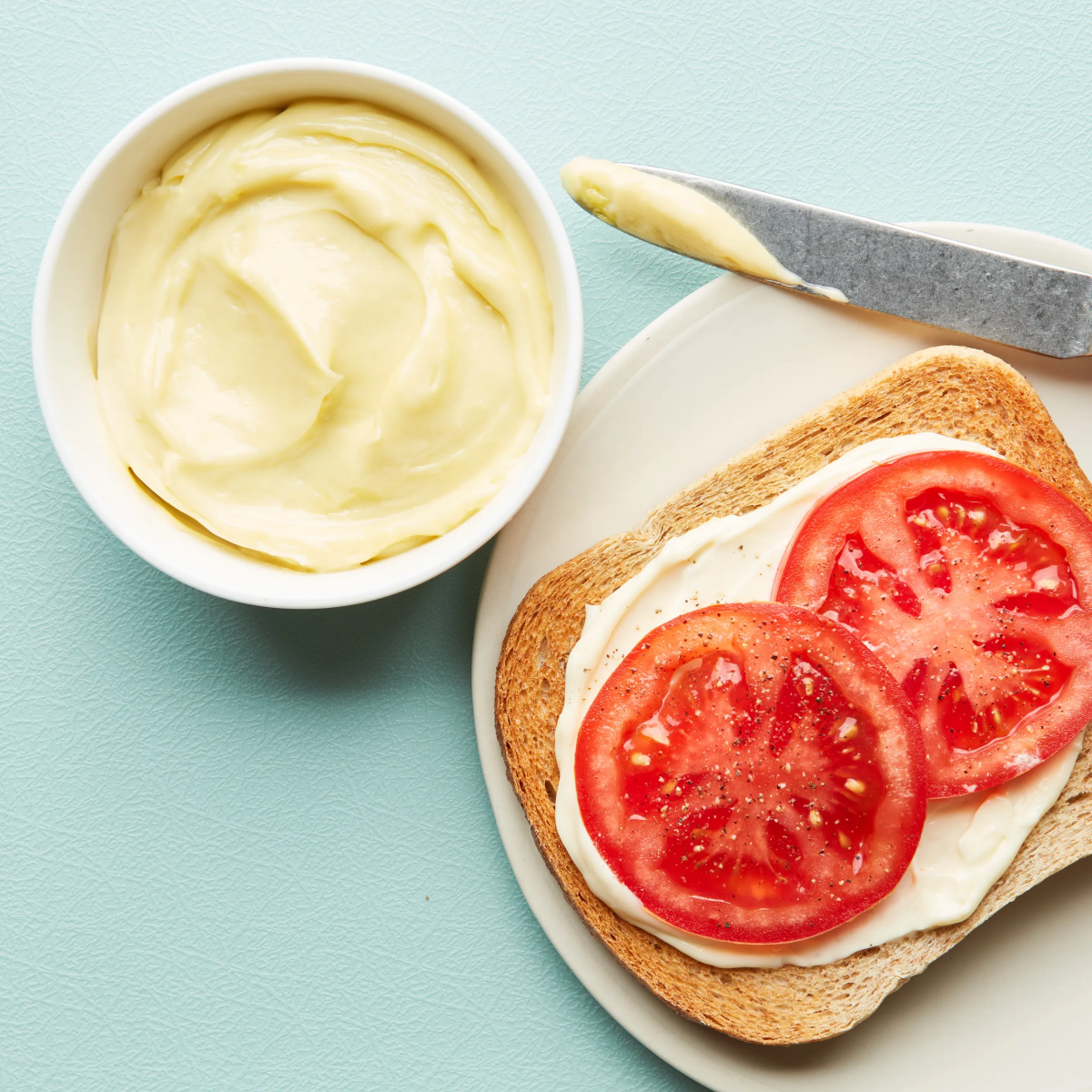
Why Food Actually Goes Bad (The Quick Science)
To use older food safely, you have to know what you’re up against. There are two things that happen, and one is way more serious than the other.
First, you have spoilage. This is caused by bacteria, yeasts, and molds that make food seem gross. They’re the culprits behind sour-smelling milk, fuzzy bread, and slimy vegetables. While unpleasant, these little guys are rarely the ones that will make you truly sick. The good news? Your senses are fantastic at detecting them. You can see, smell, and feel the evidence.
But the second one is the real villain: pathogens. We’re talking about the nasty, invisible bacteria like Salmonella and E. coli. Here’s the critical part: pathogens give off ZERO signs. They don’t smell, they don’t look weird, and they don’t feel funny. A piece of chicken can look and smell perfectly fine but be crawling with bacteria. This is why safe food handling—like cooking to proper temperatures and avoiding cross-contamination—is non-negotiable, no matter what the date says.
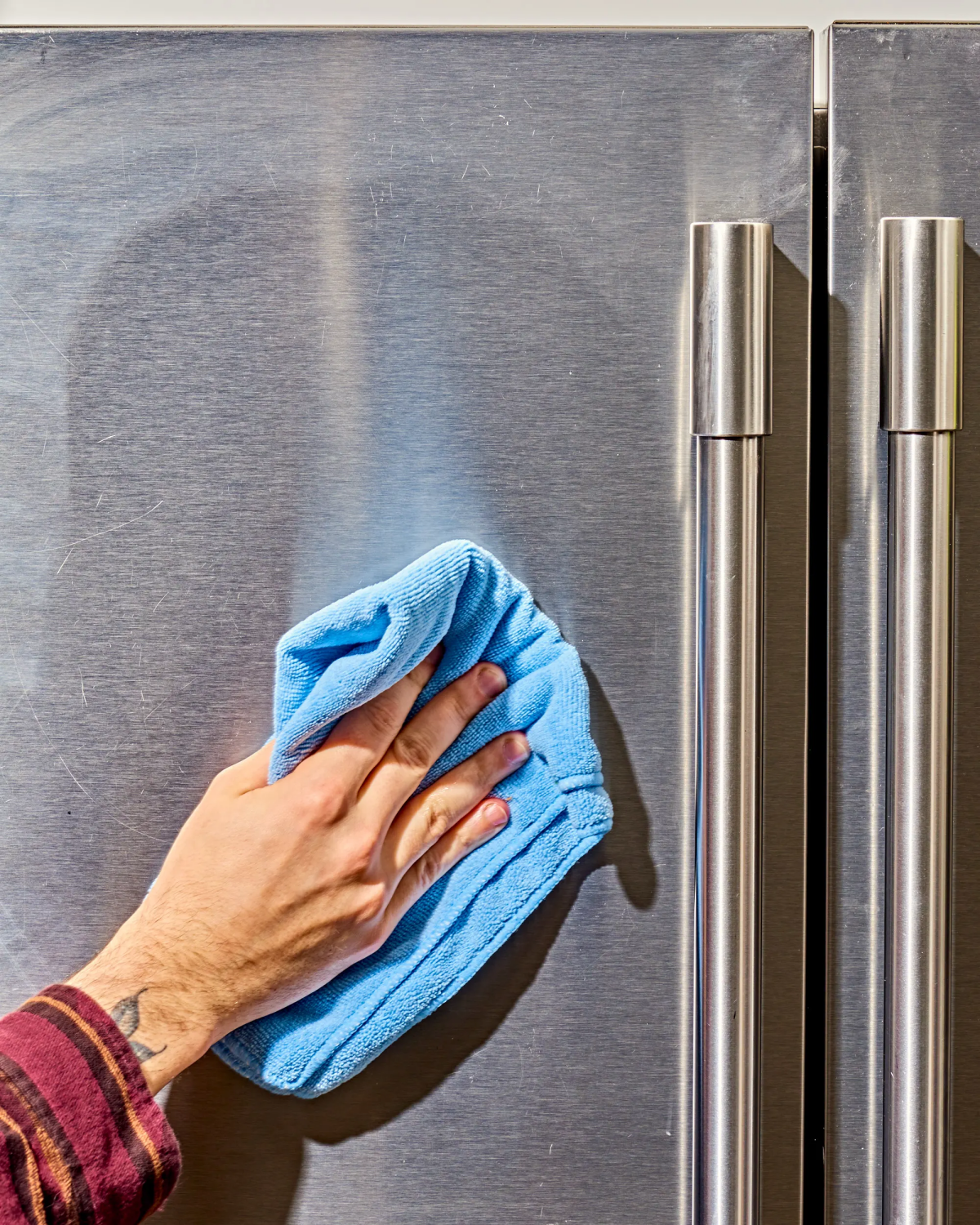
How to Store Food to Make It Last Longer
You can dramatically extend the life of your groceries with a few simple storage tricks. Prevention is always the best policy, right?
- Veggies & Herbs: A lesser-known trick for wilty greens or herbs is to give them an ice bath. Just submerge them in a bowl of ice water for 15-30 minutes. Most will crisp right back up like magic. For long-term storage, wrap leafy greens in a dry paper towel and place them in a zip-top bag in the crisper drawer.
- Bread: Never store bread in the refrigerator! It actually makes it go stale faster. Keep it in a bread box or a paper bag on the counter for a few days. If you won’t eat it all, slice it up and freeze it in a sealed bag. You can toast slices directly from the freezer.
- Hard Cheese: Wrap your block of cheddar or Parmesan in cheese paper or wax paper, then put it in a plastic bag. This lets it breathe without drying out. Plastic wrap can trap moisture and encourage mold.
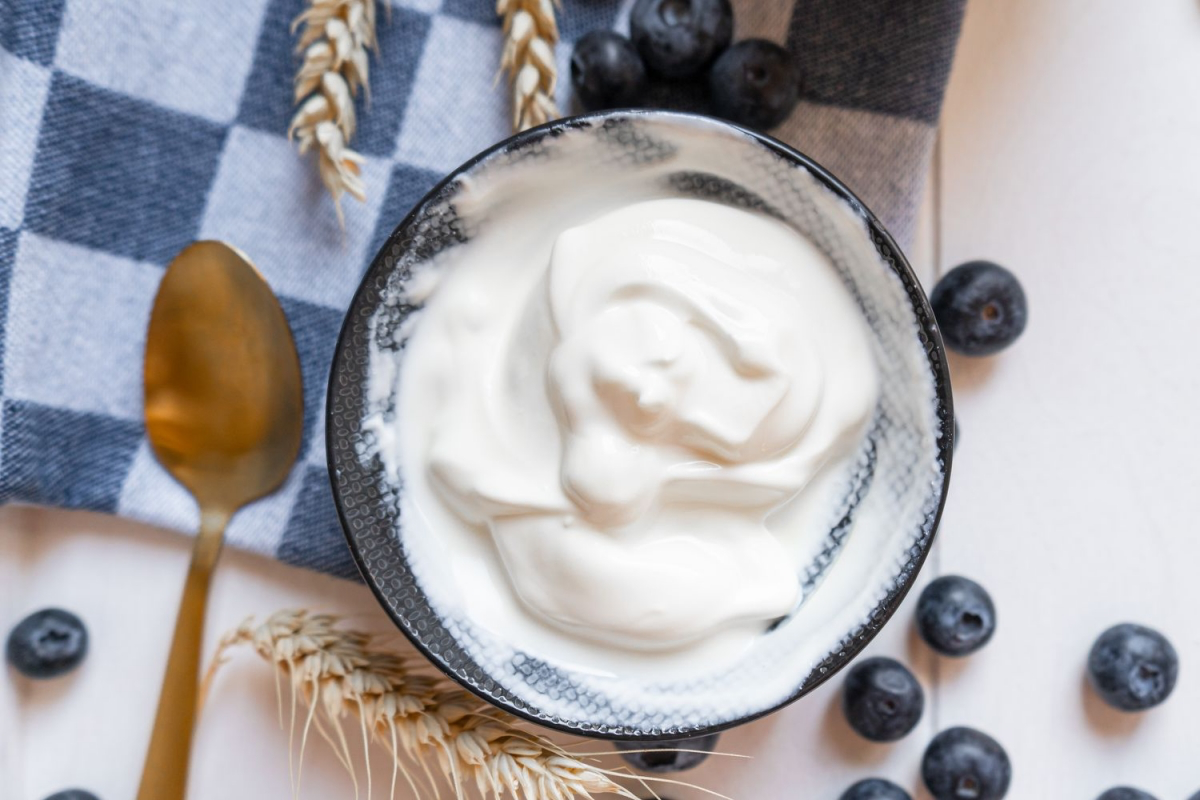
The Professional’s 3-Step Sensory Check
In a pro kitchen, we don’t just toss things. We evaluate. We use our senses in a specific order, from least to most invasive. It’s a system.
- The Eye Test: Look first. Is the can badly dented on a seam or bulging? A bulging lid is a major warning sign for botulism. Toss it immediately, no questions asked. (Heads up: a small dent on the side of the can is usually fine). For the food itself, look for weird colors or fuzzy mold.
- The Smell Test: If it looks okay, give it a sniff. Your nose knows. If meat smells sharp, fish smells like ammonia, or cooking oil smells like crayons, that’s decay or rancidity. Trust your gut.
- The Touch Test: If it passes sight and smell, a quick touch tells you the rest. Is that lunch meat sticky or slick? That film is a bacterial colony. Time to throw it out.
The golden rule I live by is simple: When in doubt, throw it out. No recipe is worth a trip to the emergency room. I once tried to salvage some expensive deli meat that felt a little slick. I spent the next 24 hours deeply regretting that decision. It was a cheap lesson in the long run. Respect the food, but respect your health more.
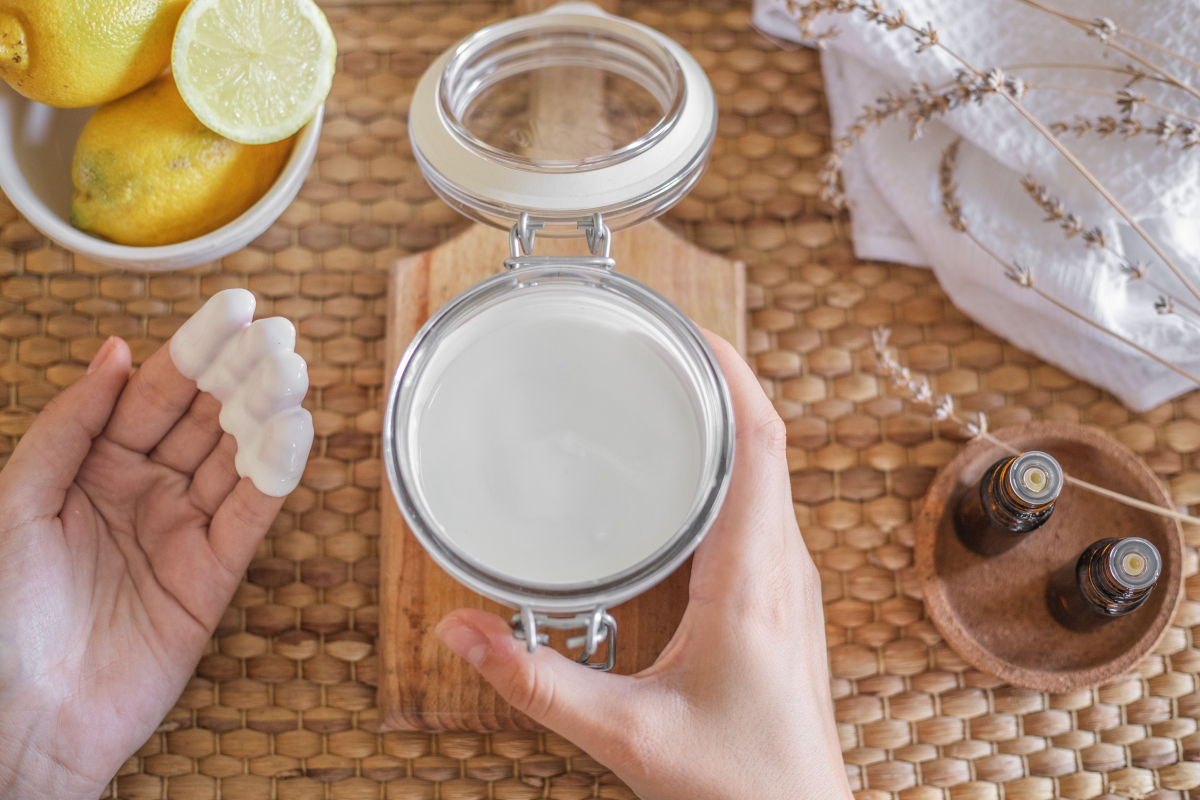
Practical Ways to Use Food That’s Past Its Prime
Okay, so you’ve assessed an ingredient and it’s safe to use, just not at its peak. This is where the fun begins! Here’s how to turn common kitchen leftovers into gold.
Dairy & Eggs
Pasteurized milk that’s gone a bit sour isn’t dangerous; the lactose has simply fermented into lactic acid. This is a secret weapon for bakers! Use it in place of buttermilk in pancake or biscuit recipes. For every cup of flour, use 1 teaspoon of baking soda to react with the acid and give you an incredibly fluffy result.
And what about eggs? People are always nervous about eggs. Easy fix: try the float test. Place an egg in a bowl of water. If it sinks to the bottom and lays on its side, it’s super fresh. If it stands on one end at the bottom, it’s a little older but perfectly fine for cooking and baking. But if it floats to the surface? Toss it. It’s no good.
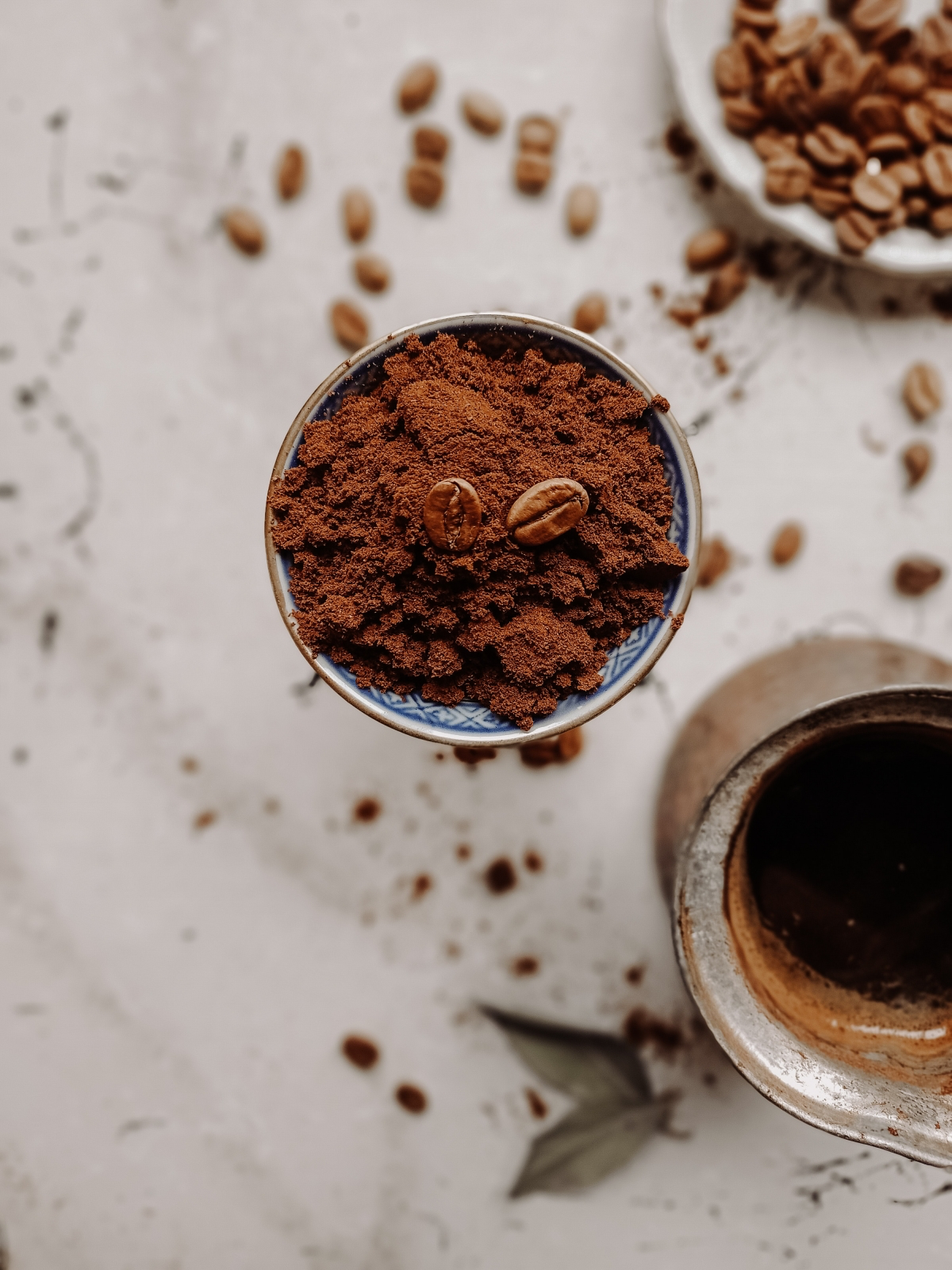
Produce: The Wilted and the Overripe
Wilted veggies are perfect for anything cooked. Keep a big freezer bag labeled “Stock Scraps” and throw in your onion ends, carrot peels, celery butts, and herb stems. When it’s full, cover the frozen scraps with cold water in a pot, simmer (never boil!) for an hour, and strain. You’ve got free, homemade stock. Just avoid bitter veggies like broccoli or cabbage.
Overripe fruit is a gift. The darker the banana, the sweeter the banana bread. For an extra moist loaf, I mash 3 very ripe bananas and add 1/3 cup melted butter, 1 tsp baking soda, 3/4 cup sugar, 1 egg, 1 1/2 cups flour, and my secret ingredient: a half-cup of sour cream or old yogurt. It’s a game-changer.
Stale Bread & Pantry Goods
Stale bread is just dry bread, which means it’s extra thirsty for flavor. Tear it into chunks, toss with olive oil and spices, and bake at 375°F for 15 minutes for amazing croutons. Or, better yet, use it for a Panzanella salad, where the dry cubes soak up tomato juice and vinaigrette without turning to mush.
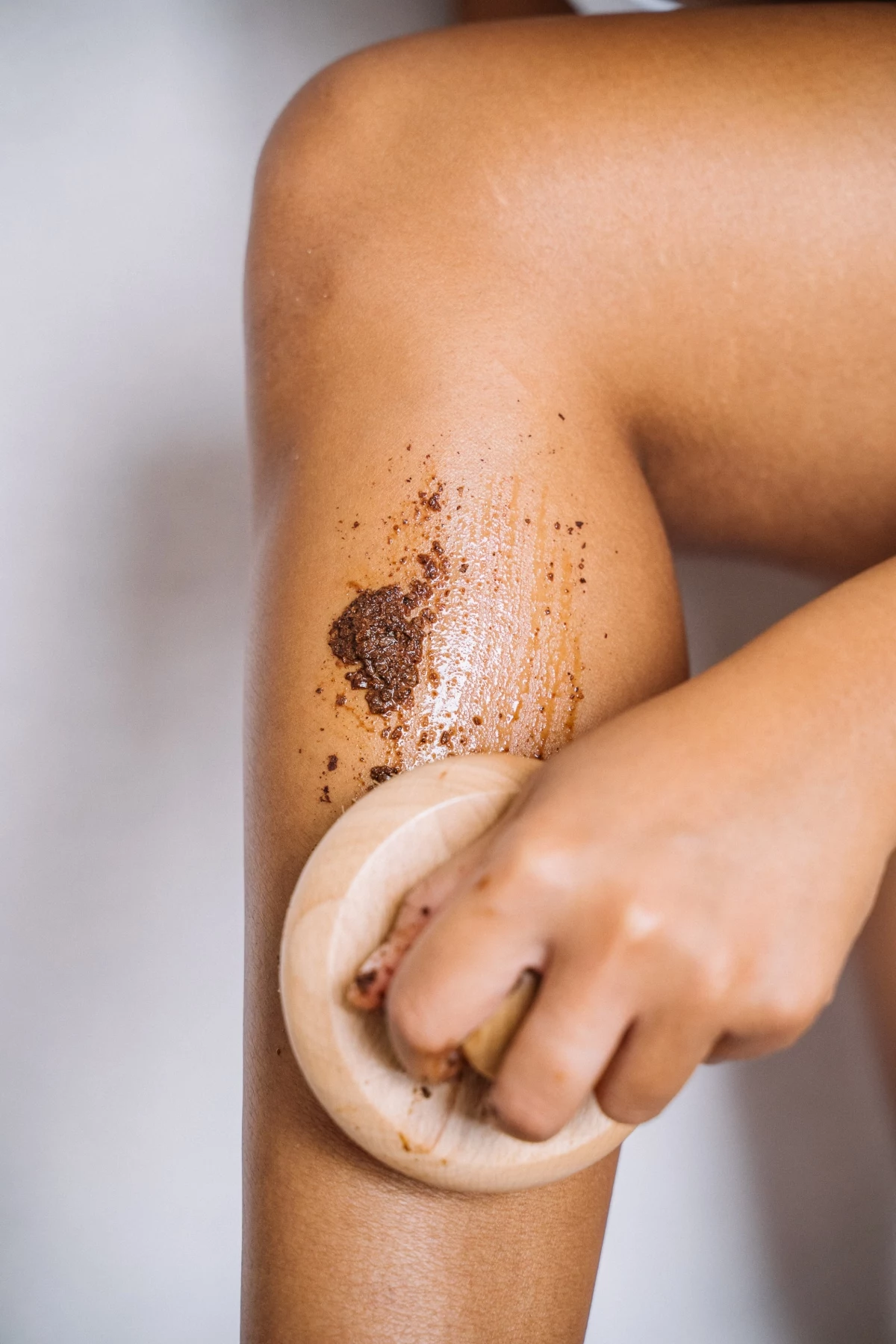
By the way, check your other pantry items, too. Whole wheat flour and nuts have oils that can go rancid—they’ll smell like wet cardboard or paint. That’s a quality issue. But if you see tiny bugs (weevils) or webbing? You have to toss the whole container and check your other grains. It’s a pain, but necessary.
What to Toss, No Matter What: A Quick Guide
To keep it simple, here are the non-negotiables. Don’t take chances with these.
- Raw Meat/Fish/Poultry: If it’s slimy, discolored, or smells off in any way, it’s done. The risk of pathogens is too high.
- Dented or Bulging Cans: Especially if the dent is on a seam or the lid is puffed up. This is a potential botulism risk. Not worth it.
- Mold on Soft Foods: On hard cheese like a block of Parmesan, you can safely cut off the mold with a one-inch margin. But on soft stuff like bread, yogurt, jam, or soft cheese (like Brie or feta), the mold’s roots have spread invisibly. The whole thing has to go.
- Cooked Leftovers: After 3-4 days in the fridge, the party’s over. Bacteria can grow to unsafe levels even if it looks and smells fine.
- Rancid Oils: That waxy, crayon-like smell means the oil has oxidized. It’s not good for you and will make your food taste terrible. Toss it.
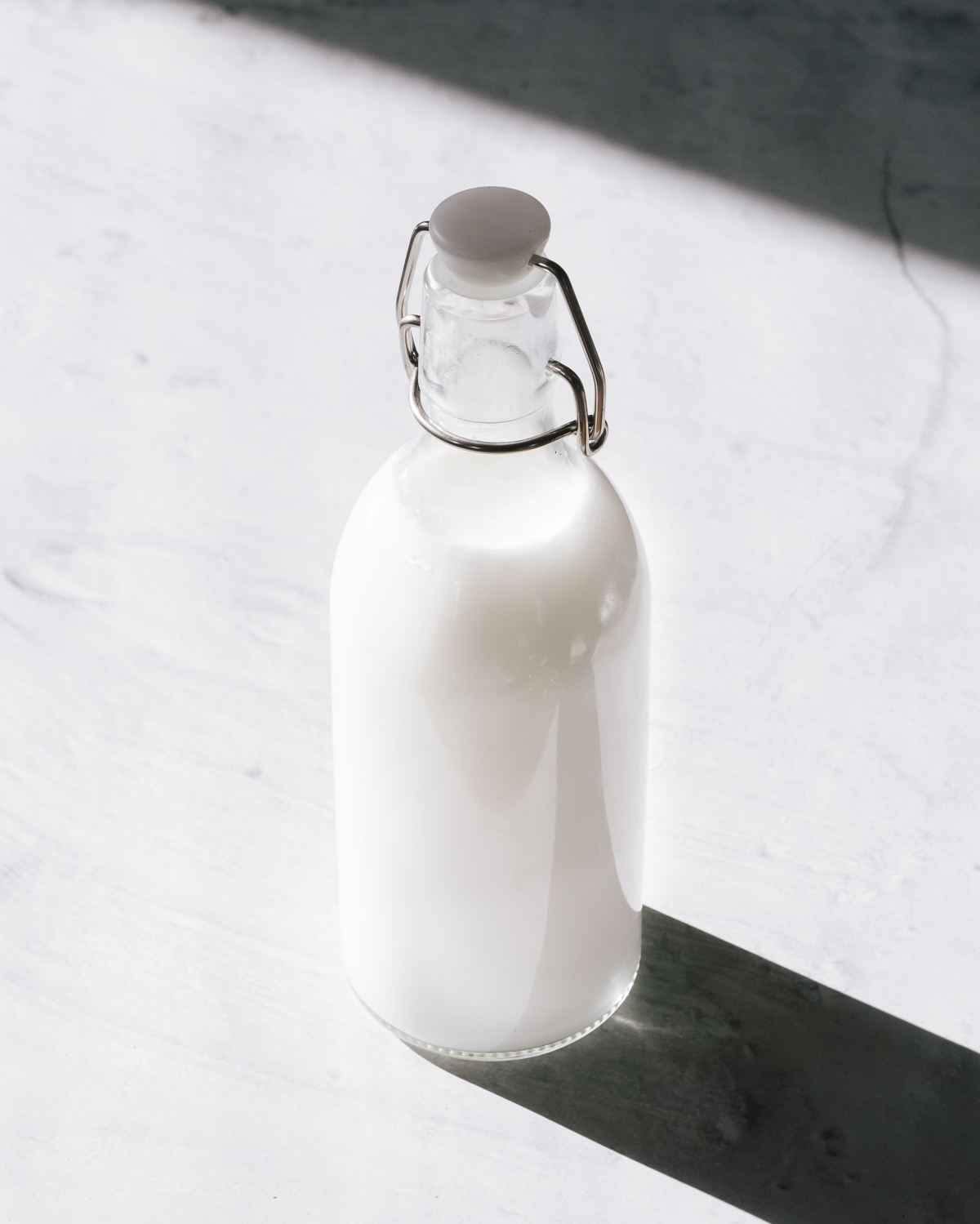
My Simple Food-Saving Toolkit
You don’t need a lot of fancy gear. My arsenal is pretty basic but it works wonders. It includes a good digital meat thermometer (this is non-negotiable for safety, you can find one for about $15 online or at any big box store), a set of airtight glass containers for leftovers, and a permanent marker to date everything I open or freeze.
Being a smart cook means knowing the difference between a dip in quality and a real safety risk. It’s a practice that saves you money, cuts down on waste, and ultimately, makes you a more confident and creative force in your own kitchen.
Galerie d’inspiration
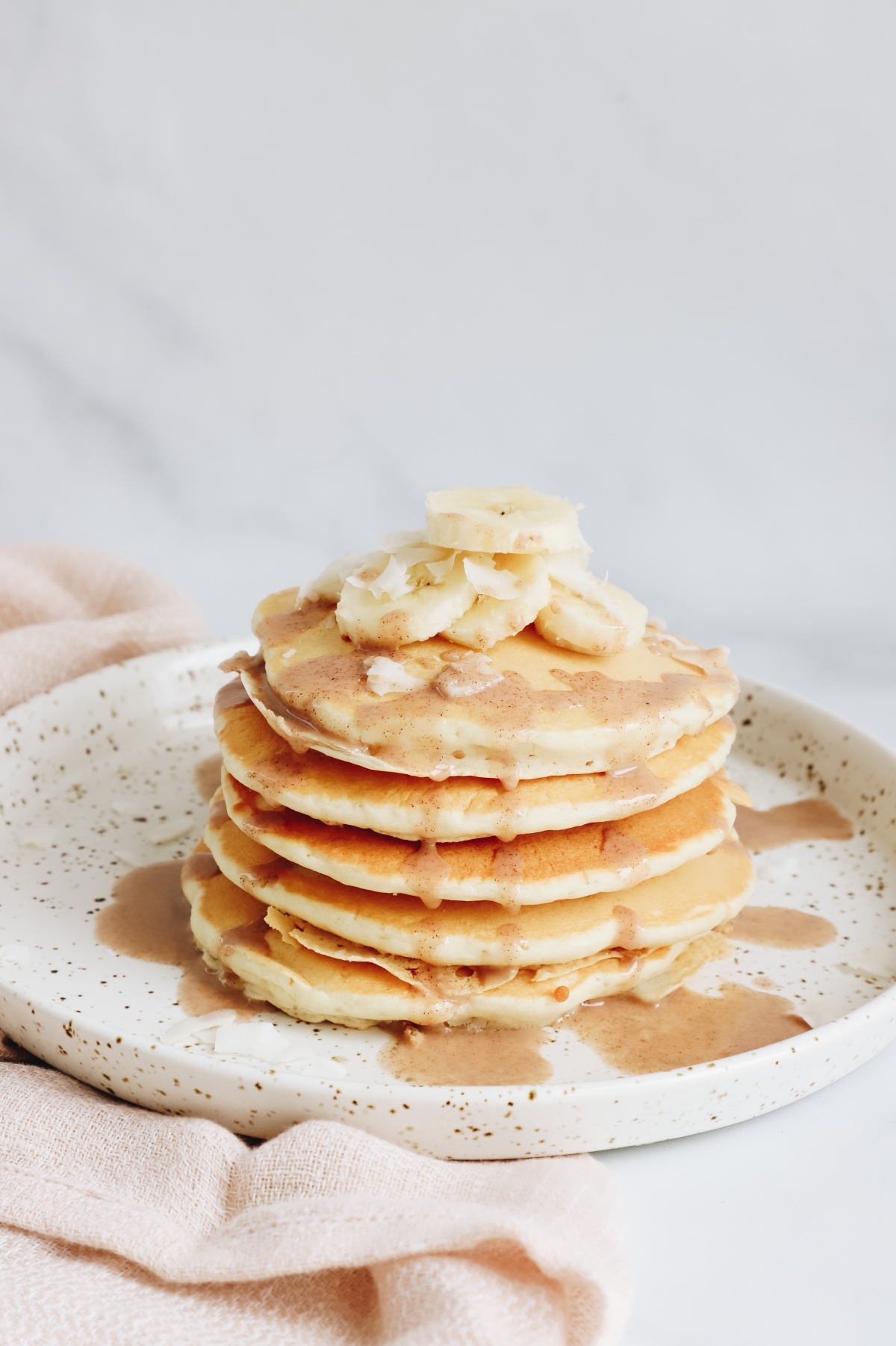
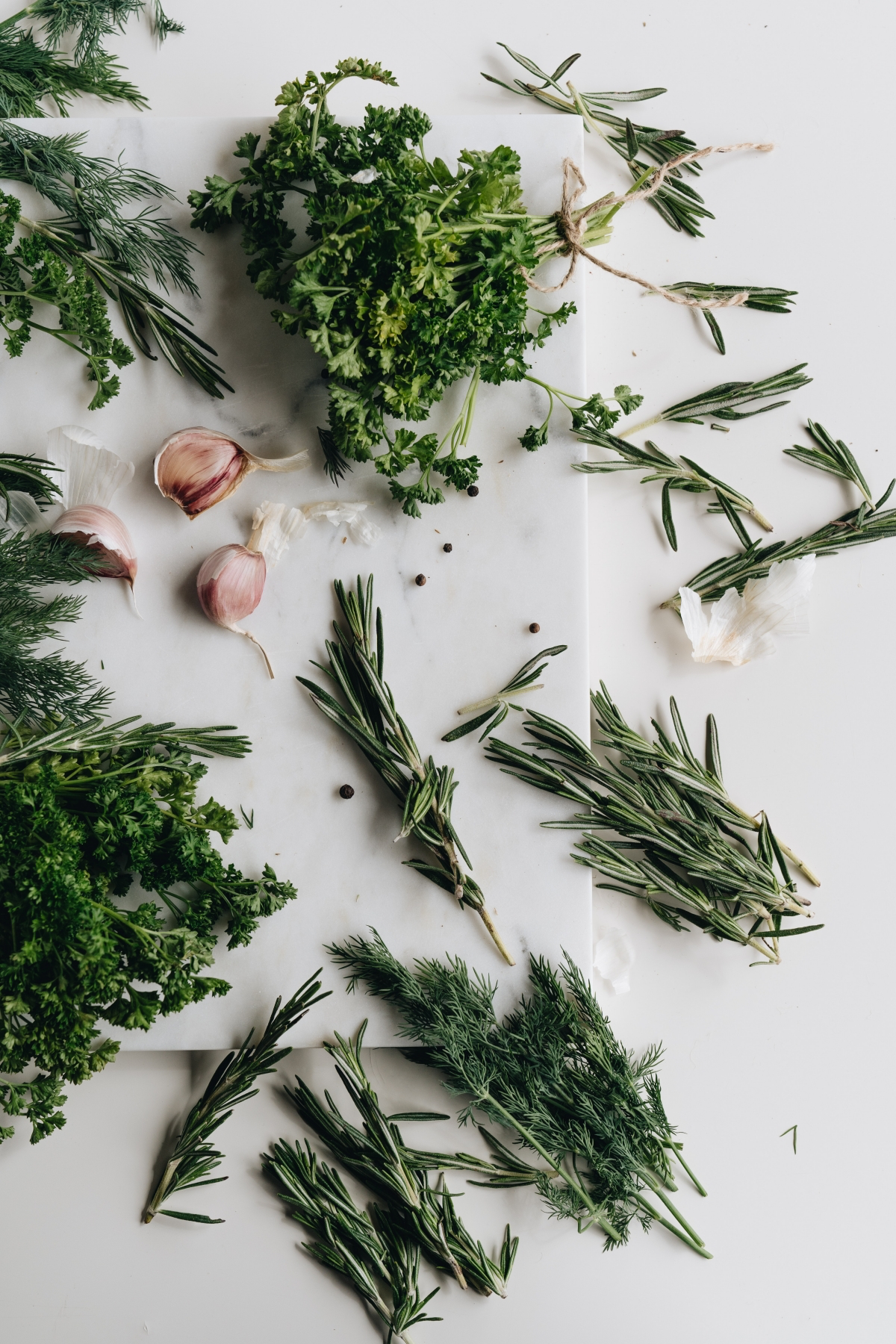
Is my food still safe to eat if it doesn’t look perfect?
Absolutely, your senses are your best guide. For produce, a soft spot on a tomato or a slightly wilted carrot doesn’t mean it’s destined for the bin. Simply trim away the blemish; the rest is perfect for sauces, soups, or stews where peak texture isn’t critical. For cheese, a small spot of mold on a hard block like cheddar or Parmesan can be cut off with a generous margin (about an inch around). The dense structure prevents mold from penetrating deeply. However, if soft cheeses, yogurt, or bread show any mold, they should be discarded as the spores can spread invisibly throughout the product.
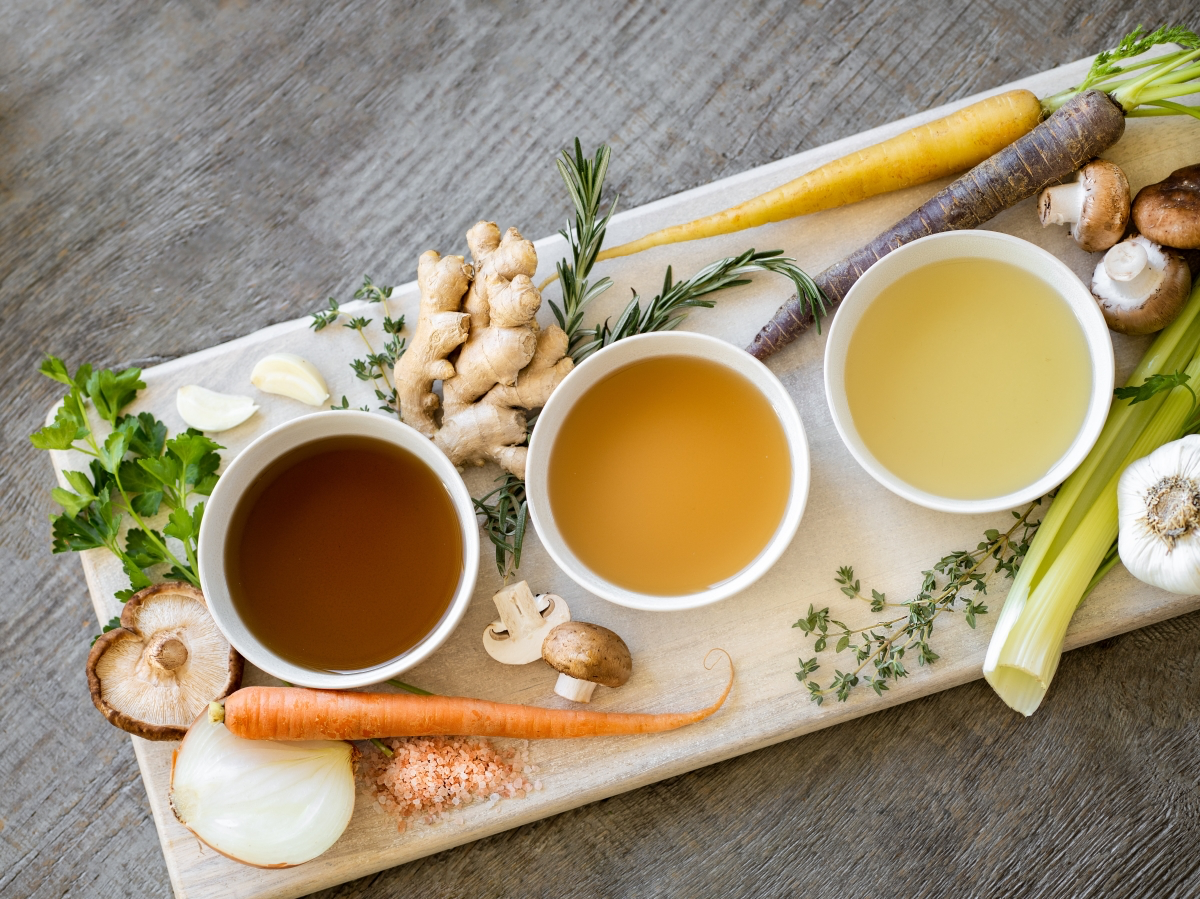
The average American family of four throws out an estimated $1,500 in food each year.
This staggering figure from the USDA isn’t just about a few forgotten leftovers. It’s the cumulative effect of discarding slightly bruised apples, half-empty jars of pasta sauce, and bread that’s a day past its prime. Reclaiming even a fraction of this food by learning to identify what’s still good is a direct boost to your household budget and a significant win for the environment.
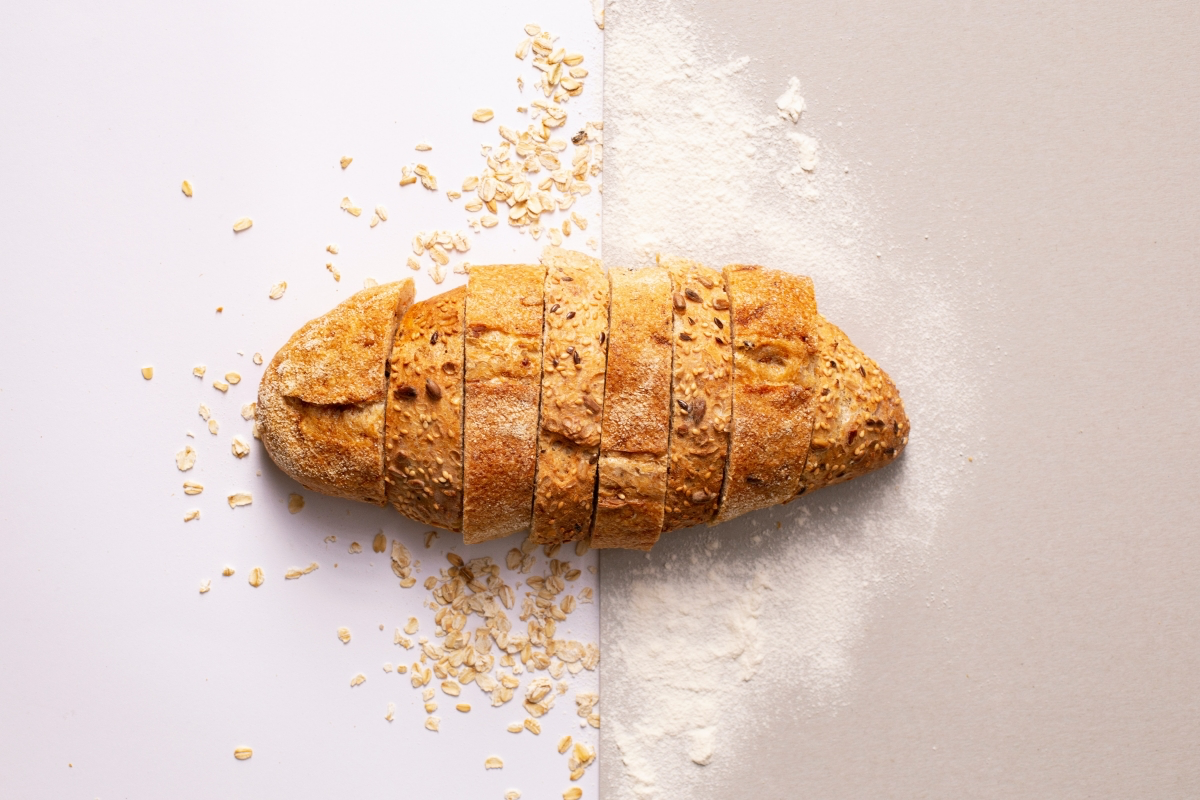
The Ugly Broth Bag: Keep a large, resealable bag or container in your freezer labeled
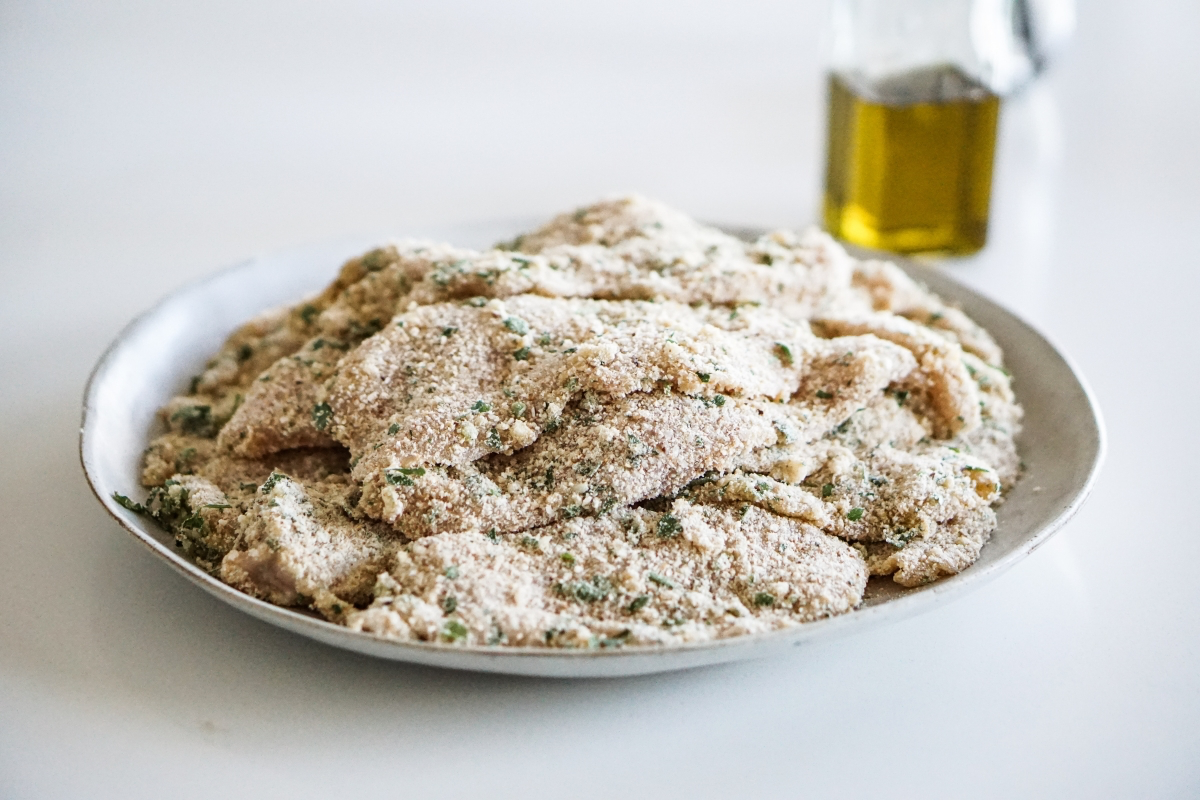
Wilted Greens: Revive them by soaking in a bowl of ice water for 15-30 minutes. The cells will rehydrate, restoring much of their crispness.
Stale Bread: Don’t toss it! Blitz it into breadcrumbs, bake it into croutons, or use it for a classic bread pudding or French toast where its ability to soak up liquid is a major advantage.
This approach transforms a problem into an opportunity.
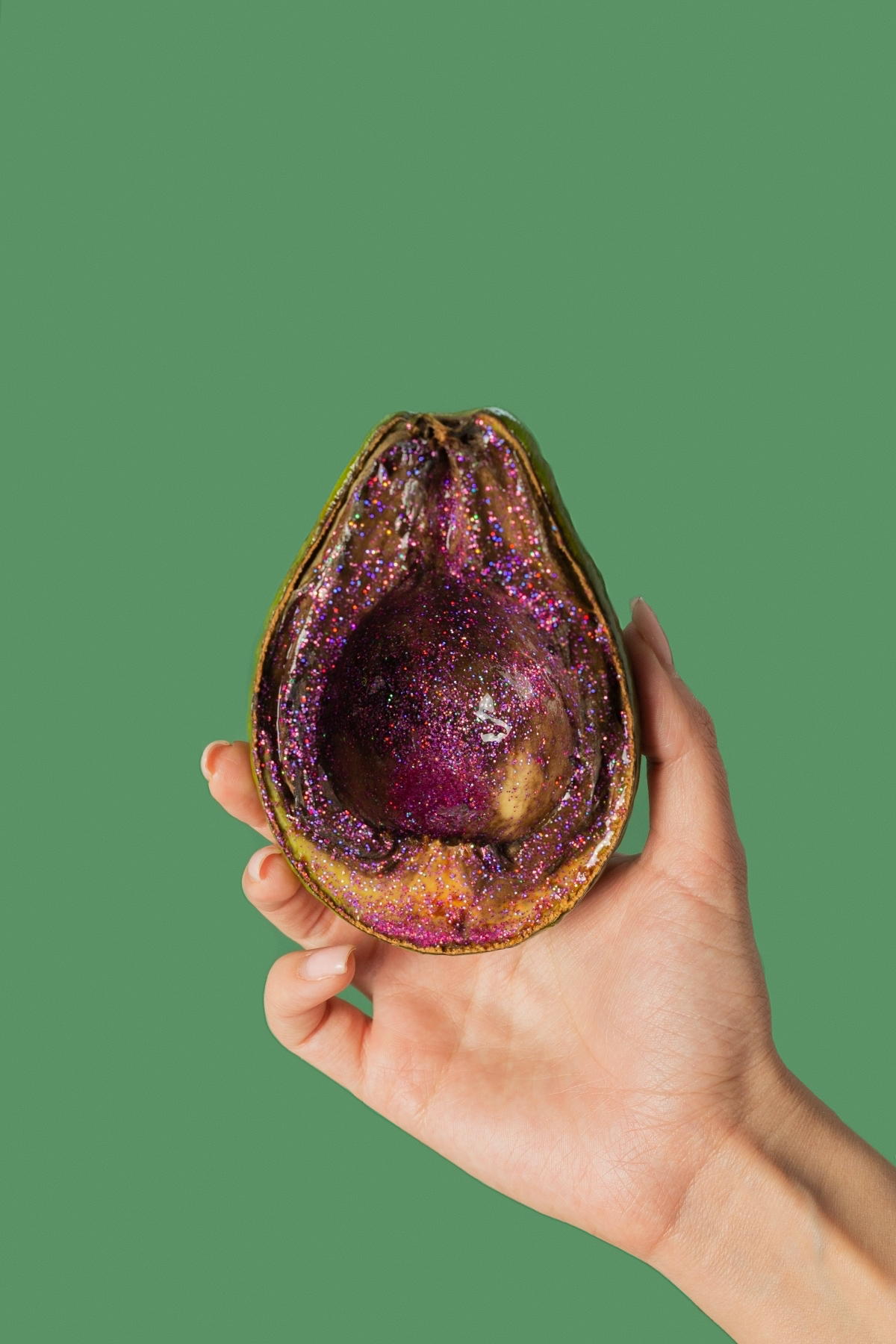
Modern tech can be your ally in the fight against food waste. Apps like Too Good To Go let you rescue ‘surprise bags’ of unsold food from local bakeries and restaurants at a deep discount. At home, consider a vacuum sealer like a FoodSaver, which can extend the life of meat, cheese, and even pantry goods by removing air. For everyday storage, reusable silicone options from brands like Stasher are brilliant for keeping produce fresh longer than single-use plastic bags.
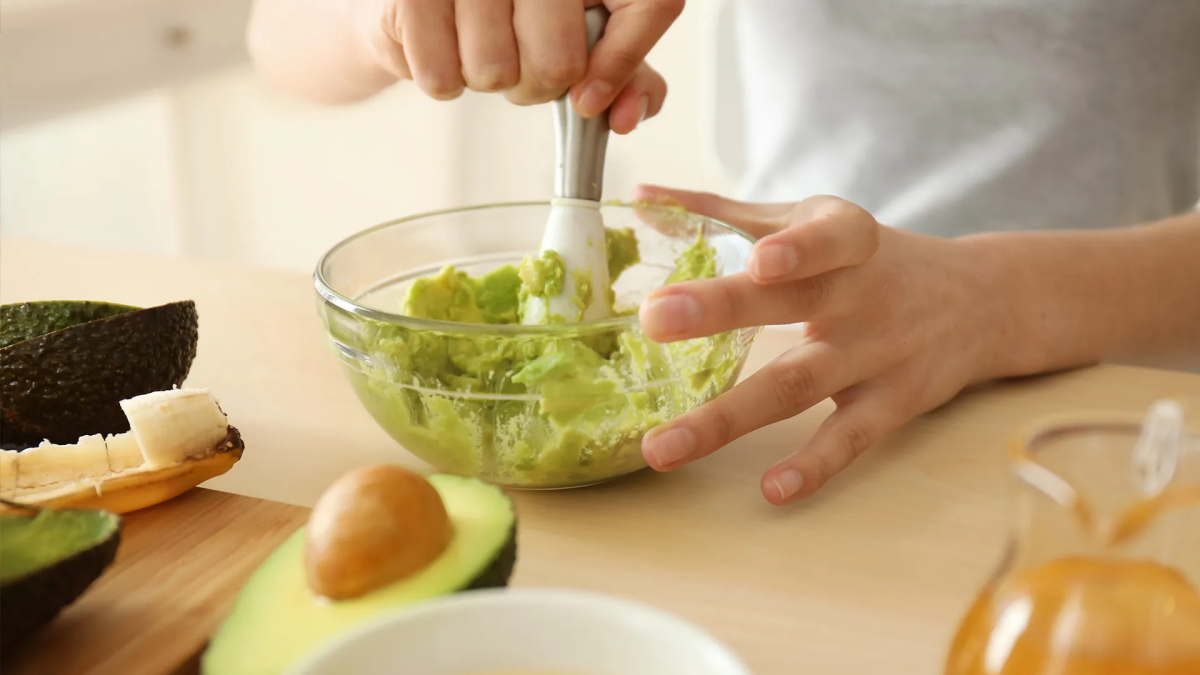
- Keeps your milk and yogurt colder and fresher for longer.
- Protects eggs from temperature fluctuations that degrade their quality.
The secret? Stop storing them in the fridge door. The door is the warmest part of the refrigerator due to constant opening. Move dairy, eggs, and raw meat to the main, colder shelves for a longer, safer shelf life.

“A recipe is not a gospel. A recipe is a guide. It’s a guide for a journey, and that journey is a process of discovery.” – Massimo Bottura, Chef of Osteria Francescana
This philosophy is key to using food past its prime. Don’t be afraid to deviate. If a recipe calls for fresh spinach but you have slightly wilted kale, use it. If your bananas are overripe and spotty, they’re not trash—they’re the perfect, extra-sweet base for banana bread.
Important point: The freezer is a time machine, not a tomb. Freezing food is one of the best ways to preserve items nearing their ‘use by’ date, but it doesn’t grant eternal life. While it halts bacterial growth, quality can still degrade over time. Fatty meats can go rancid, and vegetables can lose their texture. As a rule of thumb, use most frozen items within 3 to 6 months for the best flavor and texture. Always label and date everything you freeze!










